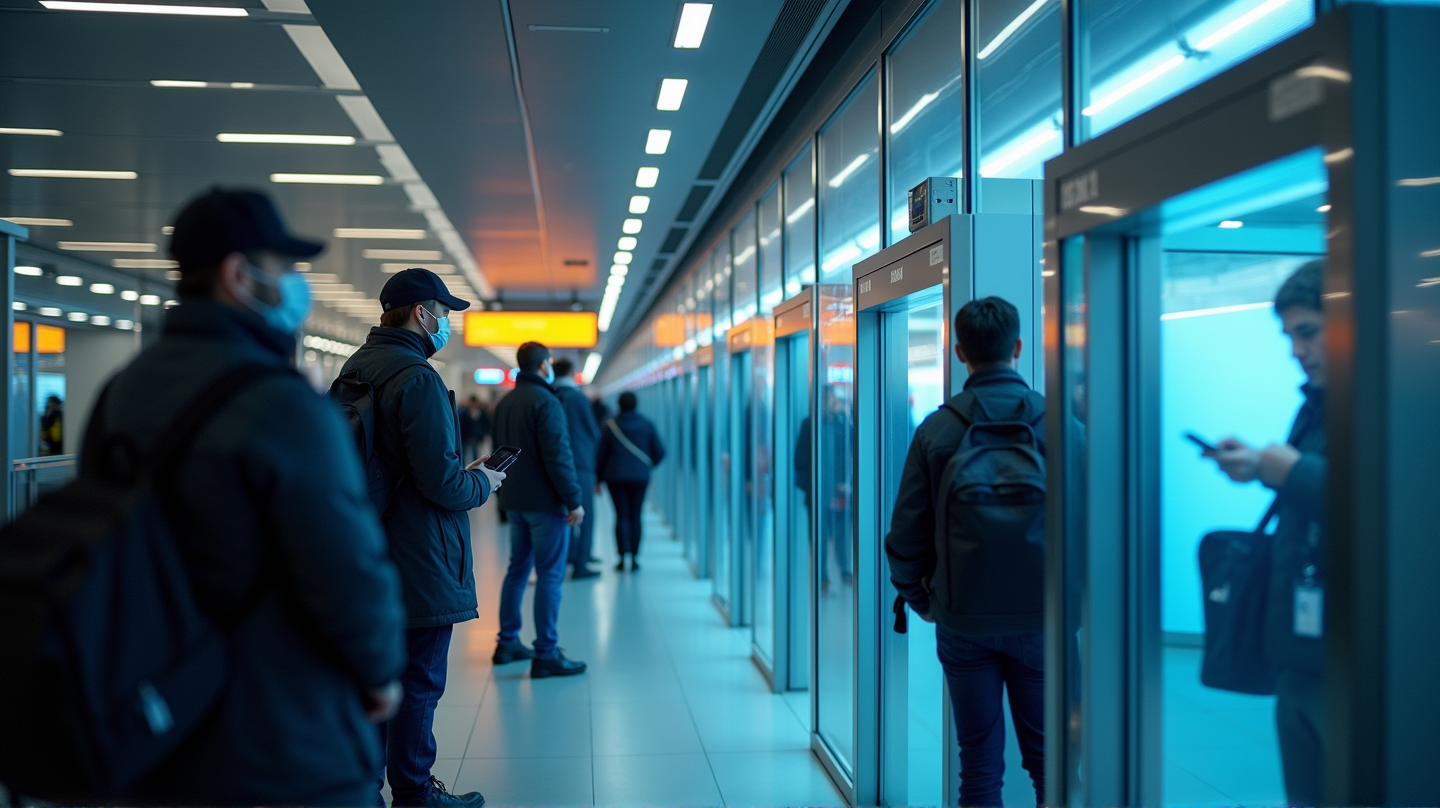Digital Device Searches at Canadian Borders: A New Normal?
Canada's 2025 transparency report reveals the institutionalization of digital device searches. Are travelers' privacy rights at risk?

In a world where digital footprints are almost unavoidable, Canada’s 2025 transparency report on digital device searches at ports of entry shines a spotlight on an increasingly common practice. The report, for the first time, provides a detailed view of the procedures border officers use in examining phones, laptops, and cloud-linked accounts during secondary screenings. According to Newstrail, such transparency has stirred discussions on privacy, legality, and traveler preparation, leading to essential considerations for those frequently crossing borders.
The Rising Trend of Digital Inspections
The report highlights a 12 percent increase in device searches since 2023, particularly affecting business travelers, international students, and residents returning home. A notable finding is that 80 percent of inspections yield no violations, suggesting a precautionary rather than enforcement-based use of device searches. Major airports in Toronto, Vancouver, and Montreal are the hotspots for these inspections, accounting for nearly 70 percent of all searches.
Legal Paradigms and Privacy Challenges
Canadian courts have established standards that require officers to have “reasonable grounds” before conducting a digital inspection. Nonetheless, the 2025 findings suggest that interpretations of this rule vary, with triggers often resting on subjective criteria like unusual travel patterns or an officer’s suspicion. This creates a delicate balance between maintaining national security and respecting travelers’ constitutional privacy rights.
Preparing for Device Searches: Risks and Strategies
Travelers face significant risks, including exposure of private communications, proprietary corporate data, and extended searches into cloud storage. To mitigate these risks, Amicus International Consulting provides a comprehensive digital-hygiene strategy. This includes sanitizing devices, managing cloud access, and structuring lawful disclosure protocols to minimize exposure and facilitate a smooth passage across borders.
Practical Steps for Secure Travel
- Data Minimization: Strip devices of unnecessary data and apps.
- Travel Devices: Utilize devices that only contain trip-specific data.
- Secure Cloud Practices: Disable auto-sync and ensure data encryption.
- Compartmentalization: Separate sensitive data on encrypted partitions.
This checklist protects sensitive information, aiming to prevent unwarranted exposure and asynchronous access by border officials.
Case Studies: Real-World Applications
A U.S. executive experienced a smooth border crossing by following Amicus’s advice: a sanitized laptop meant no proprietary data was at risk during a secondary inspection. Similarly, an international student successfully avoided undue exposure by strategically managing what data was accessible on his digital devices.
International Comparisons
Globally, device search practices vary. The United States, for example, conducts more frequent inspections without necessarily requiring suspicion, impacting travelers who must be prepared for potential forensic analysis of their devices. Meanwhile, Europe and Australia have different approaches, balancing privacy with border security in distinct ways.
A Look to the Future
As border control increasingly integrates digital searches, future trends suggest greater scrutiny of cloud-linked accounts and data-sharing across borders. Such developments underscore the necessity of being informed and prepared. Through expertise, Amicus International Consulting helps clients navigate these complex international landscapes, ensuring compliance and safeguarding privacy in today’s digitally integrated world.
Anton Stravinsky, a correspondent for Tri-City News, brings insightful analysis and guidance to travelers navigating these evolving challenges.





